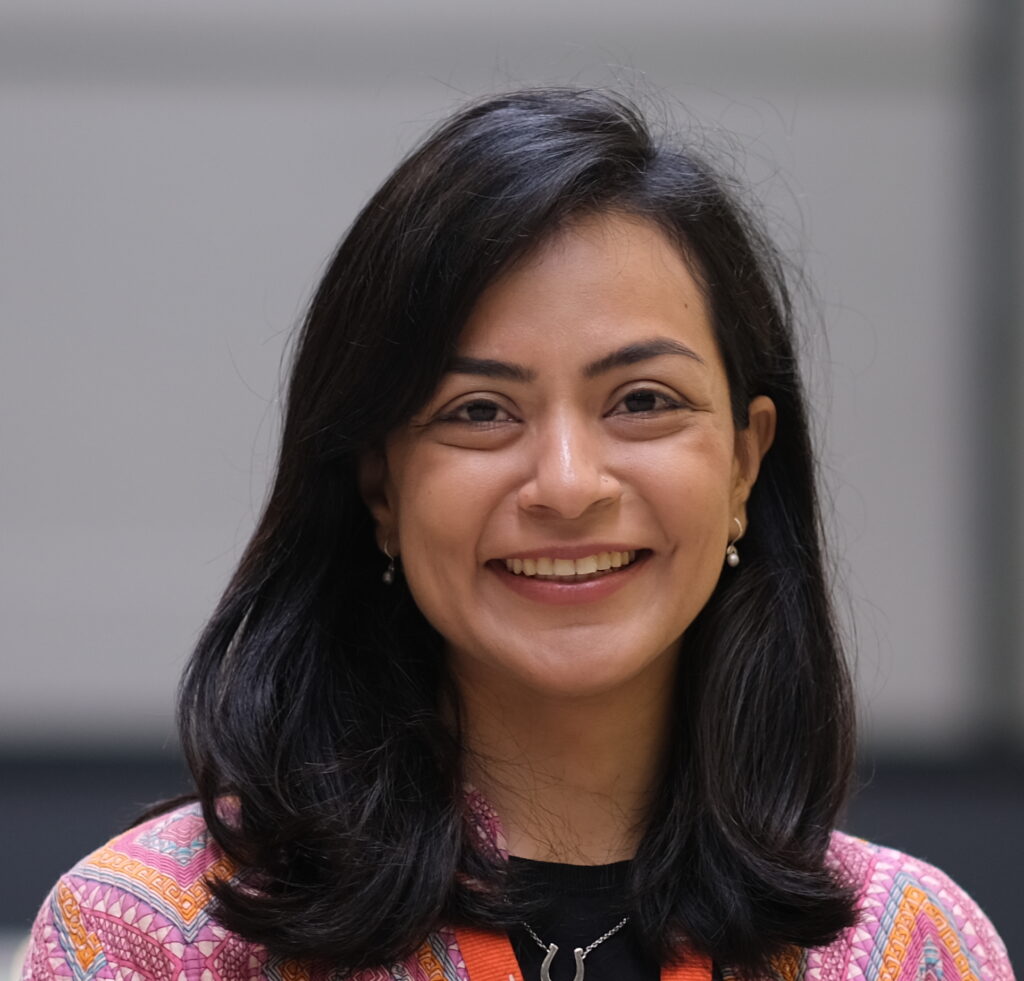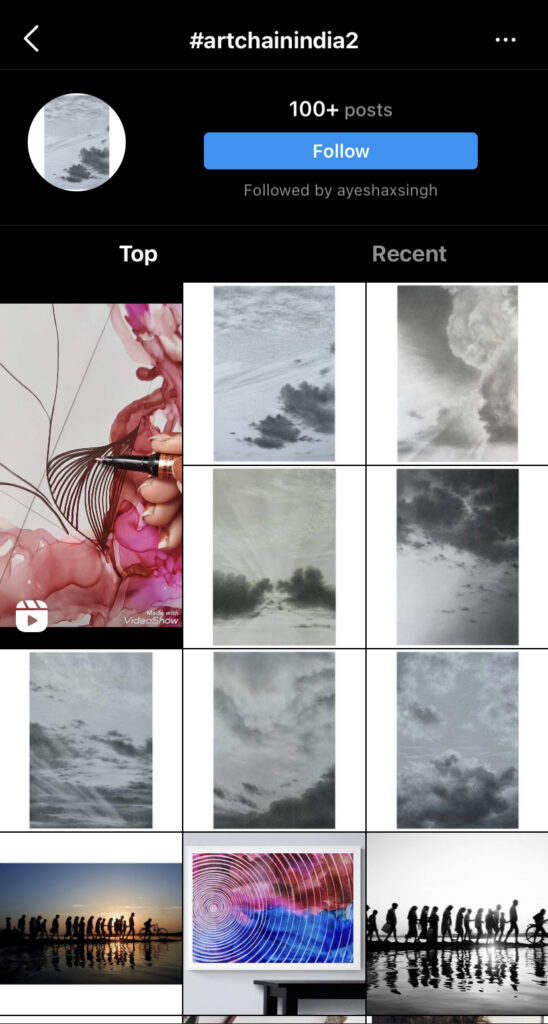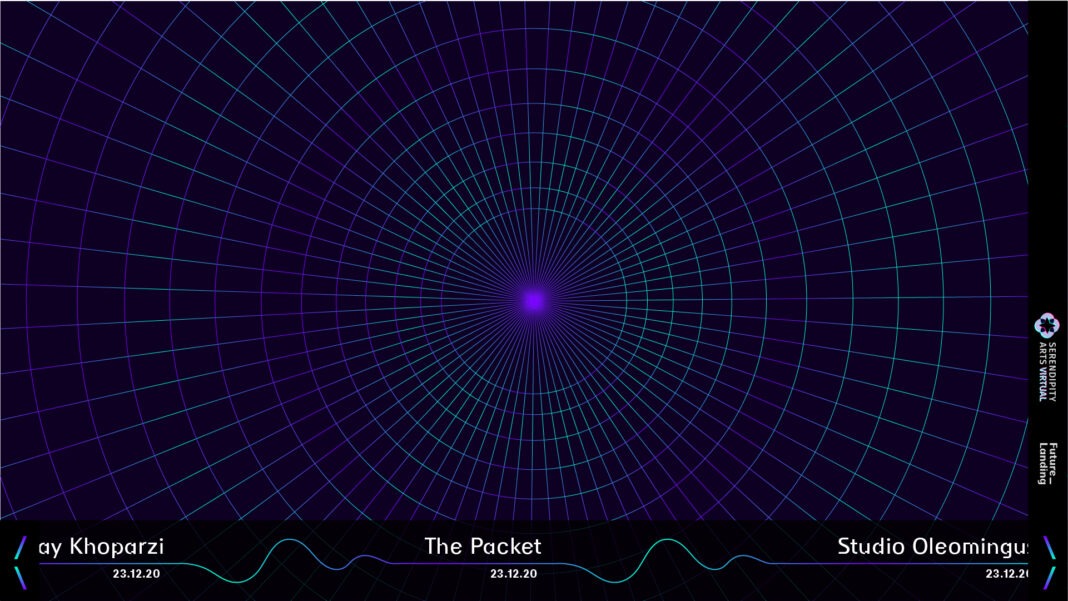INDIA: On the 14th of December, Serendipity Arts Festival launches Future Landing as part of its virtual edition. COVID-19 has forced this major multidisciplinary cultural festival in Goa to go digital. And the organization has risen to the challenge by creating an innovative online experience for audiences. Transcontinental Times interviews Veeranganakumari Solanki, curator in charge of Future Landing. Indian researcher, she exposes the enriching and ongoing process to translate physical experience and space digitally. Also its limitations and opportunities, and why it is paramount to listen to artists’ voices.

The intimate conversation between art, personal response, and memory
“The reason we create something is to get a response. What experience the public takes away and how the people interact, have been the ongoing conversation through all my exhibitions. For example, an exhibition comprises what the curator sees. And also navigating the artists’ dialogue to see what (the audience is) taking away. One of the major things you need to come home with is a personal memory”. And with so many distractions online, offering such an engaging space is a challenge the cultural global community is addressing.
Veerangana has scouted the internet for months finding how curators, institutions, and artists communicate with their audience. At the beginning of lockdowns, Veerangana took enthusiastically to the access digitalization provided. “I could go see shows I wouldn’t have been able to due to geographical distance. I didn’t sleep for four days not wanting to miss out on anything.”
She is aware that after that initial exhilaration, and due to zoom fatigue, we have become more selective about the online platforms we join, what for, and for how long. So the festival had to respond to this by creating something unique.
“We didn’t want to be another thing happening online, something that people click through and go away. A lot of the research focuses on how these exhibitions become an experience. How the artists are gonna use the internet as space. We need to think as differently as possible, pushing boundaries.”
Future Landing: translating engaging physical experience
Thus, this process involved more than just substituting the physical space with a virtual frame. Every translation aims to reproduce the same effect the original stirs into a different medium or language. Serendipity Arts Festival has a multidisciplinary approach and is for free. The festival engages all senses: theater, music, visual arts, dance, and food are all part of its cultural production.
“How can this energy be replicated, translated into an online format? Time and experience will be integral to understanding this.” Veerangana’s research explores the inextricable relation between experience, audience, and creative communication. Future Landing investigates the shift from physical space into digital. It is a virtual studio where the audience’s interaction modifies the experience in real-time. Veerangana acknowledges to be excited and also somewhat nervous at the reception this initiative will have.
COVID-19 and Indian artists support system
One of the challenges artist platforms face today is how to monetize the digital exhibition space to secure art production. Most of the initiatives online are for free and Serendipity Arts Festival is no exception.
“Young artists have no sense of what the future is going to be like for them. It was already very difficult to have a source of support for all artists. In India, it mostly relies on private galleries and not-for-profit organizations. Lots of grants and platforms have emerged for artists during the pandemic though.”
For example Pollinator, an online knowledge exchange platform offering residencies and support. Also, the online platform Art Chain India, which follows the Artist Support Pledge initiative launched in the UK in March 2020. Artists sell their works for under a set price, when they earn a certain quantity, they buy another artist’s work. “It breaks the entire hierarchy, no commissions are involved, artists use their own Instagram pages. It is very transparent, and this allows new artists to be discovered. Other initiatives offer free curator reviews of artists’ work. Space Studio in Baroda offers free online resources to help artists sell their works.


Decolonizing cultural labels
Veerangana’s research focuses also on how artists view themselves and their work outside of western-based labels. During her Delfina Foundation residency in 2019, she realized that the categorization of art practices did not reflect artists’ definitions.
“In India, we don’t have these boxes we imply in the West when we research. Artists feel they need to check a box first as South Asian to then fit their practice into that label.” In her experience, western definitions do not reflect the way artists themselves understand their production and identity. This is an ongoing conversation that touches as well on the decolonization of cultural references in art museums and institutions.
“My primary conversation is with artists. What is important for me is to get across what they want.”
The art of listening
“I feel artists (in India) have become more independent in their thinking. Most of them are not willing to compromise the result of their processes to someone wanting to mold them.” This independence is paramount to benefit fully from the artists’ point of view. “Artists help us think differently and to really know about other ways of doing things.”
Thus, this observation process allows Veerangana to distance herself from institutional labels and trends. She focuses her intent on listening. “Today we are so much about telling and imposing, how much are we listening to what artists are saying and doing? it’s always about what we are saying. Just listening without drowning ourselves in our own voices is what I think we need now.”
Hopefully, online initiatives like Serendipity Arts Festival will allow the international community to truly listen. And also to interact with innovation and multidisciplinary approaches to life and creation.




Comments are closed.